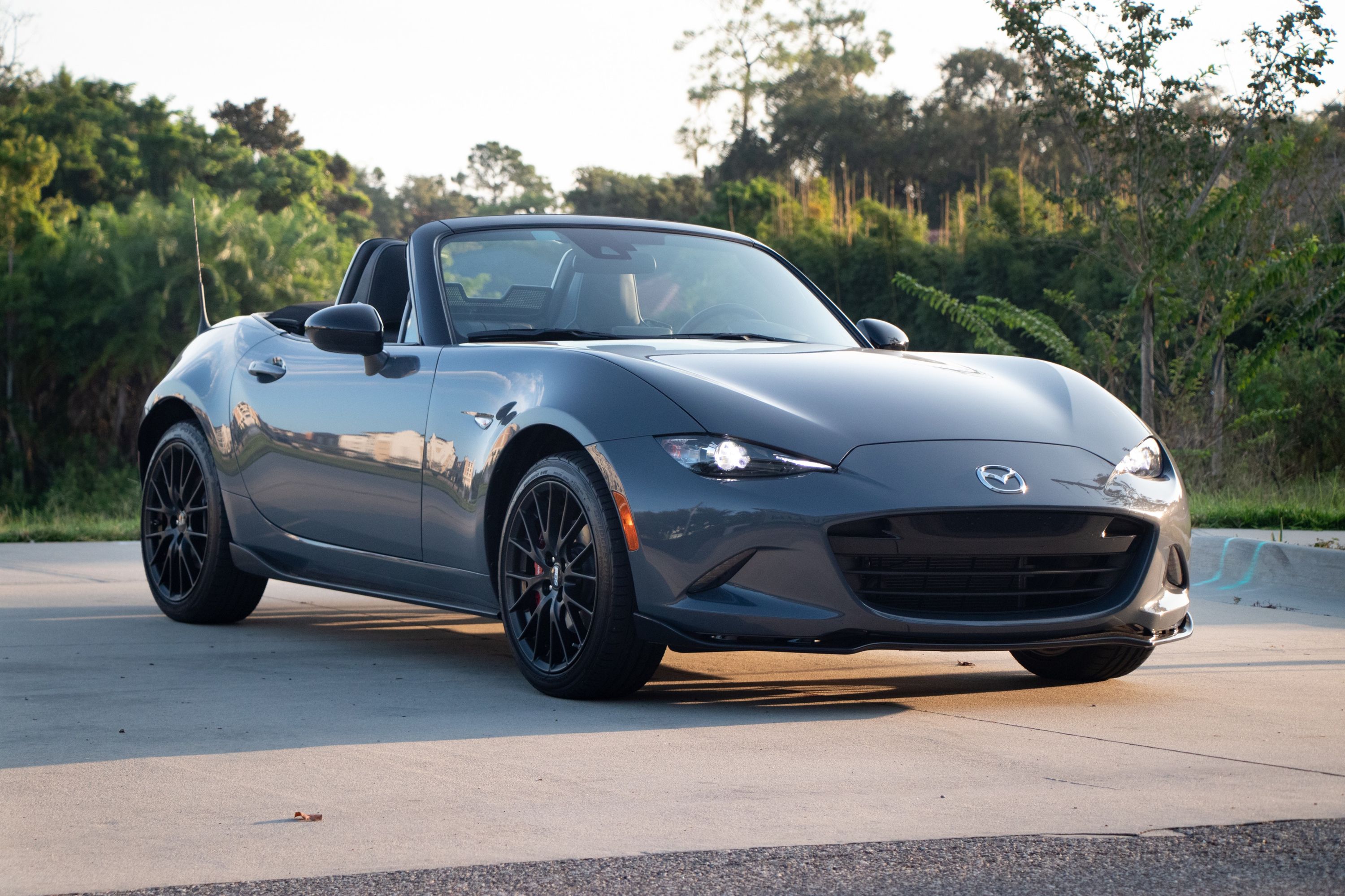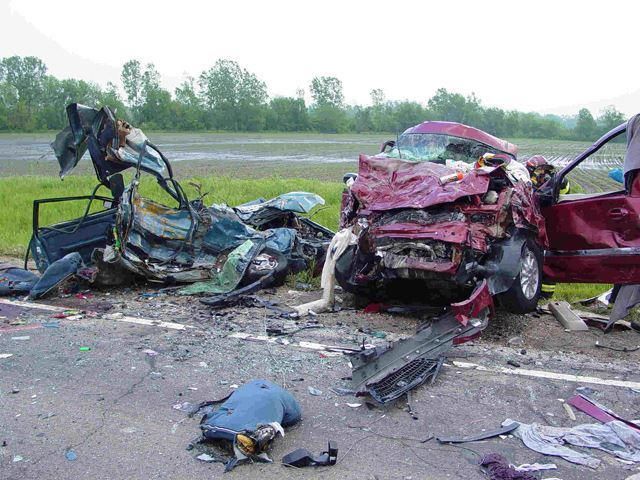
Here's a fun fact for the day; the car that you bought because it had a five star crash test rating may not actually be as safe as you think for back seat occupants. The main reason why is that the NHTSA tests for impact survivability using crash test dummies in the front seats of a car, meaning that a car is optimized for safety up front. The longstanding belief has been that passengers in the back are safer because the front of the car provides enough of a crumple zone to absorb an impact.
This is true, but it means that new safety technology like seatbelt pretensioners, seatbelt airbags, and rear curtain airbags don't always find their way into cars. Now that rideshare services like Lyft and Uber have power, the NHTSA has received requests from the two to begin testing the safety of the rear seats where many rideshare passengers spend their time. The NHTSA has complied and will begin placing dummies in the back seats during crash tests. What we can expect from this is a greater body of knowledge about how rear seat occupants get injured in a crash, which can be used to improve safety features on a car and make crashes as survivable as Volvo wants them to be. The new program will also look closely at children that ride in the rear seats.
Since cars are tested with adult sized dummies, this means that the rear seats can actually be more dangerous to a smaller child. Hopefully the new rules will also fix the problem of seatback failure. When the NHTSA found that rigid front seats could cause injuries during a crash, some automakers began designing them with leeway to avoid injuries. Unfortunately this puts rear seat occupants at risk as when the front seat collapses, rear seat occupants can be dealt with a lethal blow. The NHTSA has done nothing to address these kinds of accidents despite pleas from grieving parents and rogue members of congress. Maybe if Uber and Lyft get behind this motion, the regulators will listen.

